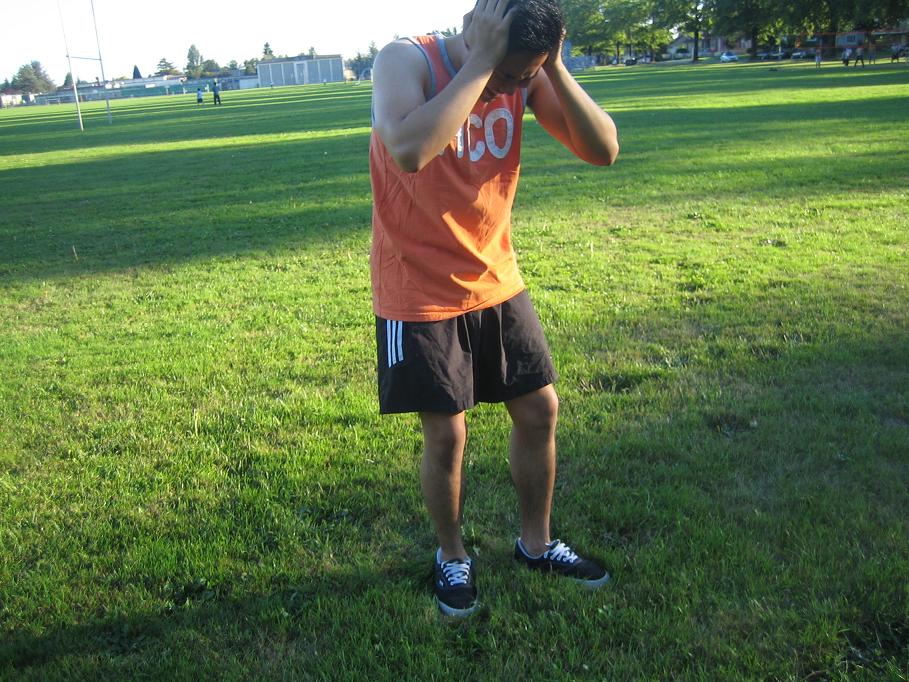Ringworm of the scalp is also called tinea capitis which is a fungal infection of the scalp and hair shafts. It is characterized by scaly, itchy and bald patches on the head. It is a highly contagious infection which usually affects toddlers and school-age children.
Ringworm of the scalp is caused by several types of mold-like fungi called dermatophytes. They infect the outer layer of the skin on the scalp and hair shaft. Ringworm can spread through direct skin-to-skin contact with an infected person.
Objects or surfaces that an infected animal or person touched such as bed linens, clothing, towels, brushes and combs can spread the condition. A child can be affected by ringworm by petting or grooming animals with ringworm such as kittens and puppies. Other animals such as goats, cows, horses and pigs are also carriers of fungi. Areas that are overcrowded increases the risk of spreading ringworm. Dermatophytes usually grow in warm and moist environment and thrive on sweaty skin.

Symptoms of ringworm of the scalp
- Circular areas of the scalp that are bald or hair that broke off near the follicles of the hair. They look like dark spots on the scalp that eventually enlarge.
- The affected area becomes red or gray, sheds flakes and causes pain especially when touched.
- Falling hair and brittle or fragile hair that pulls out
- Sometimes, the scalp becomes inflamed along with the development of pus and yellow crusts.
- Fever with enlarged lymph nodes
Treatment
- Use the prescribed anti-fungal shampoo to lessen the spread of fungus and for fast healing of the condition. Use shampoo that contains ketoconazole at least 3 times every week. Leave the shampoo on the hair for at least 5 minutes before rinsing. It takes about 4 weeks to see the results. Avoid shaving the head.
- After washing the hair, keep the scalp dry and clean by using a blow dryer as much as possible. Wear a towel or hand dryer for the head to eliminate excess moisture in the area. Avoid wearing hats and other head gear especially during warm weather condition to prevent sweating of the head and worsen the condition.
- If infection is severe, take the prescribed oral medication such as griseofulvin. This medication penetrates the hair shafts and it takes about 6-8 weeks for results.
Tips
- Children should avoid sharing personal belongings such as hairbrushes and other personal items to prevent the risk of developing ringworm of the scalp.
- Maintain personal hygiene such as regular shampooing of the hair, hand washing and other regular routines to prevent the spread of infections.
- Avoid petting infected animals such as cats and dogs.
- Maintain regular checkup for all household pets for ringworm.
FACT CHECK
https://www.healthline.com/health/tinea-capitis
https://www.webmd.com/skin-problems-and-treatments/picture-of-ringworm-of-the-scalp-tinea-capitis
https://www.mayoclinic.org/diseases-conditions/ringworm-scalp/symptoms-causes/syc-20354918

